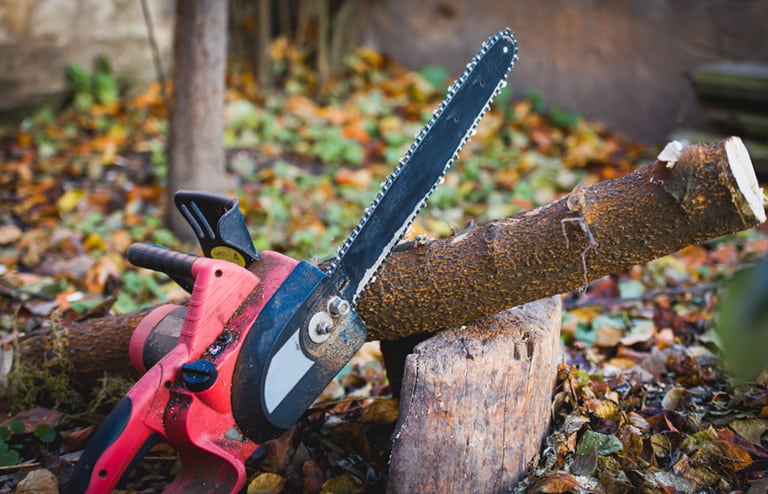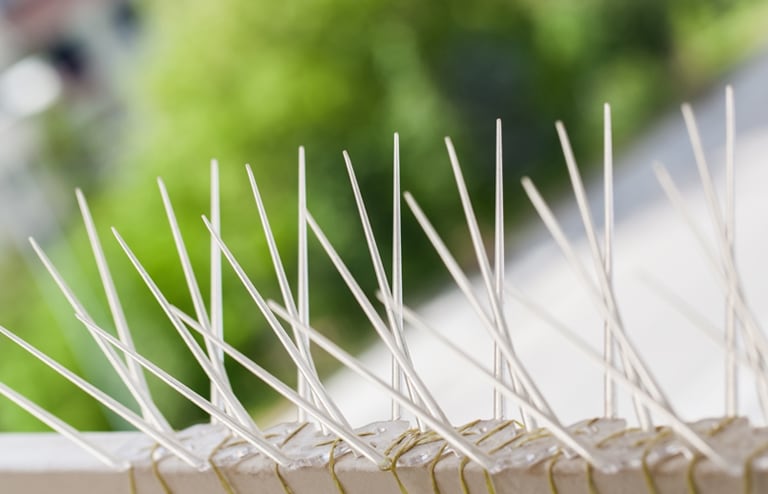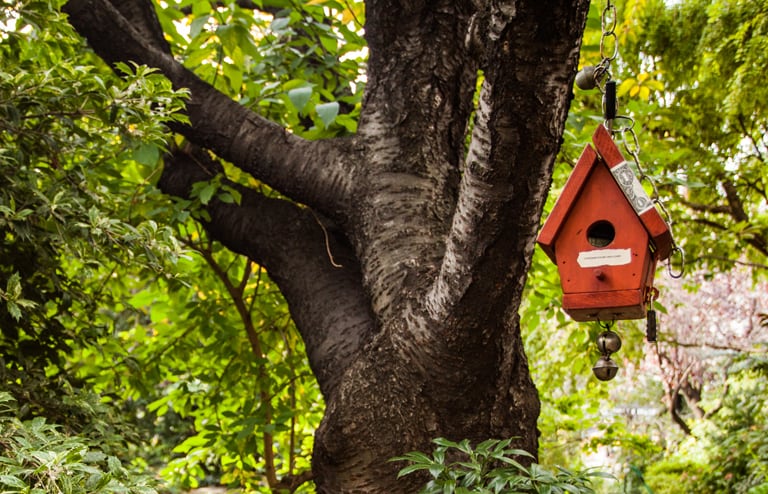True to their name, woodpeckers are one of the more irritating types of birds because of their constant pecking. Their special beaks allow them to chip through wood without hurting themselves, enabling them to nest inside trees, feed on insects inside them, and tap on them in order to create a rhythmic drumming mating song.
Because woodpeckers feed on wood-boring insects, they can help eliminate much of the population inside your yard and prevent them from coming toward your home. But they can also cause extensive, irreversible damage to trees. At the beginning of spring, these birds are in their nesting season and more likely to come around. People have reported seeing as many as eight woodpeckers on their property during this time. Having so many on one plot of land can lead to even more damage, since less food will prompt them to turn to other sources like wooden walls, beams, windowsills, and doors around homes.
Luckily, many wildlife removal companies specialize in woodpeckers, and there are trained professionals who can use special methods toward ridding your property of the birds. Many of these methods you can also use on your own.










